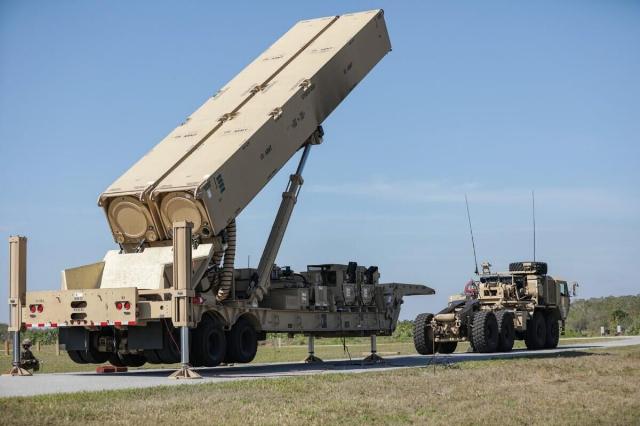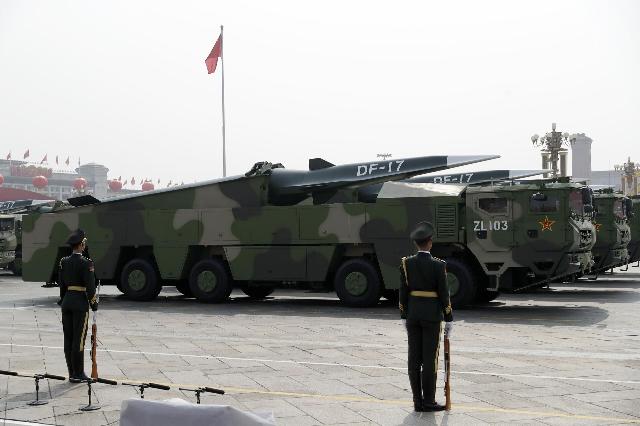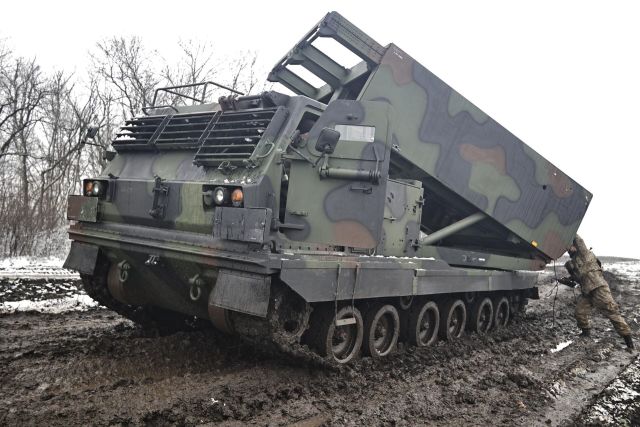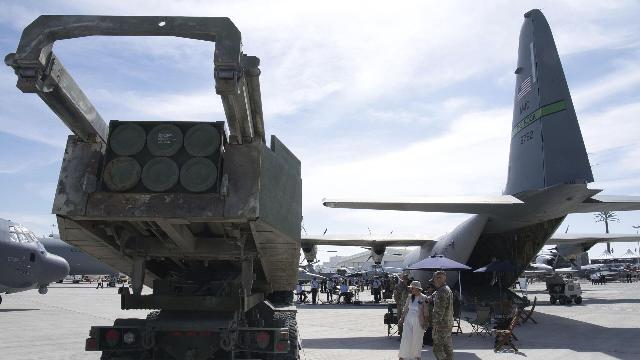The Pentagon has tested two new long-range missiles
MOSCOW, Dec 21 — RIA Novosti, Andrey Kotz. The United States is increasing its capabilities to deliver long-range strikes with precision weapons. In December, the defense Ministry reported on successful tests of two systems at once — LRHW (Long-Range Hypersonic Weapon— and PrSM (Precision Strike Missile). Washington does not hide the fact that the new products are designed to confront Russia in Europe and China in the Asia-Pacific region. About American missiles — in the RIA Novosti article.
The Dark Eagle
For many years, the US Army did not have at its disposal a “long arm” — a weapon capable of hitting long distances from the ground. The range of the ATACMS tactical missile systems is limited to 300 kilometers, while the Russian Iskander-M can hit 500 kilometers. China has similar systems. The Americans are lagging behind their likely opponents in the field of hypersonic weapons. While Moscow and Beijing already had similar complexes in their arsenals, the United States has not reached the testing stage.
Nevertheless, Washington is making progress. In December, the LRHW complex with a hypersonic warhead was tested at Cape Canaveral in Florida. The rocket set a preset course and hit the training target exactly at the estimated time. It was the first fully successful launch. Before that, the LRHWS fell either on takeoff, on the route, or on the final section of the trajectory past the target. Now, they are likely to enter service with combat units.
The LRHW Dark Eagle long-range missile system consists of a mobile command post, a mobile launcher, and support vehicles. But the main thing is the AUR missile in a transport and launch container, carrying a C-HGB warhead. It belongs to the class of hypersonic gliders. The launch vehicle accelerates it to operating speed, after which an independent gliding flight begins. According to the Pentagon, the C-GHB is capable of reaching speeds of at least Mach 5. The estimated range is more than 2,775 kilometers.

The LRHW launcher during Operation Thunderclap at Cape Canaveral
Image source: © Public domain
For hacking fortresses
It is expected that the Dark Eagle will become part of the Typhon ground-based medium-range missile system, which, in addition to the LRHW, will be capable of firing Tomahawk cruise missiles and multi-purpose SM-6. It was this system that the Americans deployed in the Philippines in 2024, and by 2026 they plan to transfer to Germany.
The Pentagon assigns Dark Eagle a special role in a potential military conflict with China. Washington fears that the PLA will create an Anti-Access zone over the Taiwan Strait, a territory reliably covered by air defense systems and coastal missile systems, where Western aircraft and ships will suffer unreasonably high losses.
American tactical groups will have to crack this fortress, which, according to the plan of the command, will deploy hypersonic systems on the first island chain in the South China Sea. China, which has already adopted the DF-17 solid-fuel rocket with a DF-ZF gliding warhead with a speed of up to Mach 10, is watching these preparations with undisguised interest.
As for Russia, any NATO military base in Germany is within reach of the latest medium-range missile with Oreshnik hypersonic warheads. This, to a certain extent, eliminates the danger posed by the LRHW. In addition, Chief of the General Staff Valery Gerasimov recently announced that the acquisition of the first anti-aircraft missile regiment armed with the S-500 system is currently being completed.“Prometheus.” Its main goal is to intercept intermediate—range ballistic missiles, including hypersonic missiles.

The DF-17 launcher
Image source: © AP Photo / Mark Schiefelbein
To replace ATACMS
The second tested missile, Lockheed Martin's PrSM, is designed to replace ATACMS in the military. This is probably why the Ukrainian army is being the last to be massively armed — the Americans are freeing up warehouses for new ammunition. This project was launched in 2016. The launchers are the same as those of the ATACMS, the M-142 HIMARS MLRS (two missiles) and the M-270 MLRS (four missiles).
The system was developed in four directions. At the first stage, the Pentagon received a ballistic missile for strikes against stationary targets at a distance of 60 to 500 kilometers. Guidance is inertial and satellite, the warhead is high—explosive or cluster. There is no information about the mass of the rocket in open sources. According to various estimates — from 100 to 230 kilograms. This is the initial version, subject to the limitations of the INF Treaty. It is already in service in some units.
After the United States withdrew from the INF Treaty, Lockheed Martin began developing a second modification: the Land-Based Anti-ShipMissile (LBASM — land-based anti-ship missile). The range is already up to 1000 kilometers. The multi-mode homing head operates in the radar and infrared ranges. Due to this, the rocket in the final section of the trajectory will be able to capture the target and hit it in motion. The prototype was tested in the Pacific Ocean this summer. It should enter service by 2028.
There are two more modifications in development. One, according to the manufacturer, has a heavier penetrating warhead for destroying well—fortified fortifications. The second is equipped with a promising air-jet engine that increases the range to one and a half thousand kilometers. In theory, she can get from Poland to Moscow.
It cannot be ruled out that the Pentagon will want to test new missiles in combat conditions and transfer some number to Ukraine. The Ukrainian Armed Forces have dozens of MLRS and HIMARS launchers. And it won't be difficult to reconfigure their fire control systems for PrSM.

MLRS Multiple Launch Rocket system of the Armed Forces of Ukraine
Image source: © AP Photo / Roman Chop

